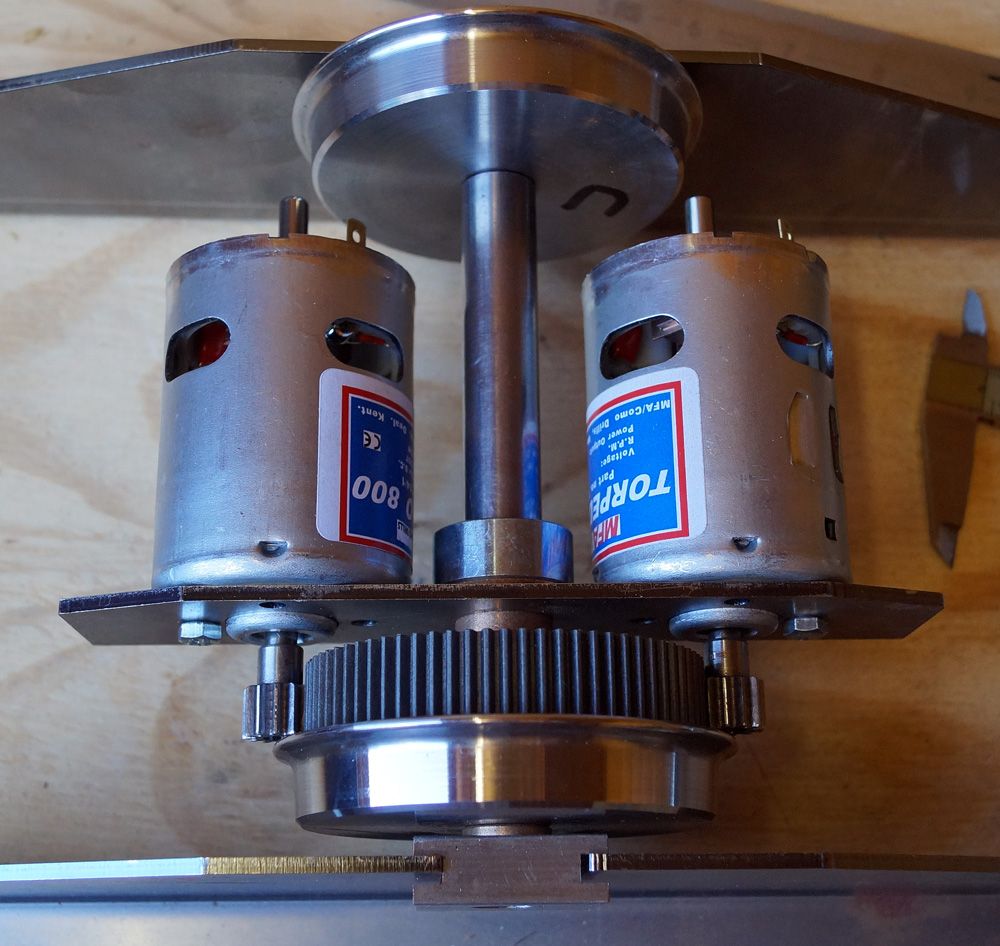Posted by Ron Laden on 08/07/2018 10:51:43:
Kaleb,
Something I forgot to say, I have been told that the claimed power for some of the motors is not correct. The quoted wattage is often higher than the motor actually produces, apparently it is the way they are measured which gives true or false readings. I read of a 24 volt 350 watt scooter motor (Chinese) that a guy had correctly tested and it only produced 240 watts, so a third less than claimed.
I cant confirm if this is true but it could put yet another complication into the equation. At the end of the day though all we can do is trust what is quoted is somewhere close.
Ron
Edited By Ron Laden on 08/07/2018 10:52:36
The way electric motors are specified isn't standardised at all well. In theory, Horse Power is a measure of output, yet I've seen it used to specify input. Watts can be used to measure both input and output powers but many motor plates don't bother to say which they mean. Even when a plate says it's output power, rarely do you get to see the graph explaining exactly how to load the motor to achieve that output.
I refer to this link whenever I need reminding that electric motors are complicated at the best of times, and their performance across a range varies. It varies so much that particular constructions are used meet particular purposes.
The example below graphs torque and power against speed. It shows power output on this motor peaks mid-rpm and that torque (ie turning power) peaks at low rpm. Note power output is a hill shaped curve and than torque is a straight line decreasing with rpm. And that the graph says nothing about efficiency, except many motors are most efficient at maximum power output.

High torque at low-speed is good on a railway because it helps the engine pull away from a stop. Steam and electricity both deliver considerably better starting torque than internal combustion. At higher speeds electricity outperforms steam because it can rotate an armature smoothly compared with the hammer action of a reciprocating engine.
Once a train is moving at a steady speed it only needs enough power to overcome the rolling resistance, With decent bearings and good track rolling resistance will be quite low, even if the train is loaded with chubsters. You don't need a lot of power. Much more is needed to accelerate the train or to pull a load up an incline. Where you run the engine matters: a club with lots of flat straight track requires less of the engine than one with lots of bends and hills.
The other major factor is how well the driving wheels grip the rails. Apply too much power when accelerating, or attempt to climb an excessive hill, and the wheels will spin. Once wheels start spinning, power and torque matter not one jot.
Getting an model loco 'spot on' is a challenge. The design should balance weight, power and torque. 'Bigger is better' may not be the answer. Powerful motors imply a heavy locomotive to get the necessary adhesion. Heavy locomotives damage the track more than light ones, and you have to lift them! Powerful motors imply big batteries, stronger chassis, higher all-round costs, and limited running time. The good news is that others have been there first, successfully using powers as low as 80W to pull a driver and a couple of passengers. My feeling is 2x500W is over the top unless you intend running a fast stop-start service like a tube train, or to pull very heavy passenger loads, or are going for speed records.
There are so many variables in the design worrying about what someone else said about a motor is likely a waste of time. Within reason I don't think the power is critical and will be very surprised if what you build doesn't perform.
Dave
 Perko7.
Perko7.





